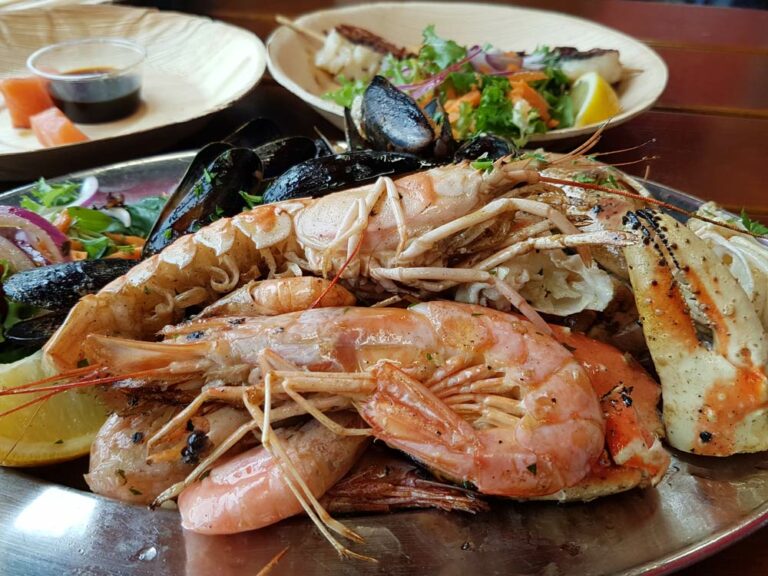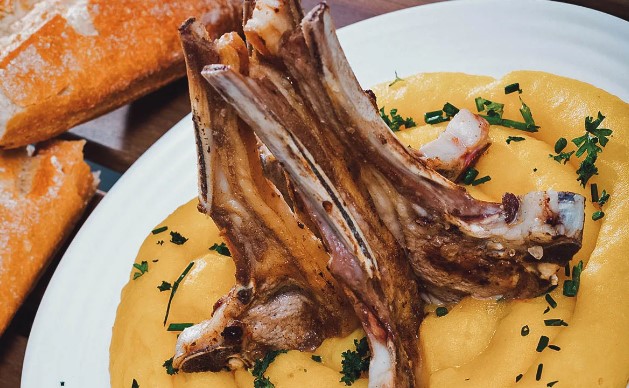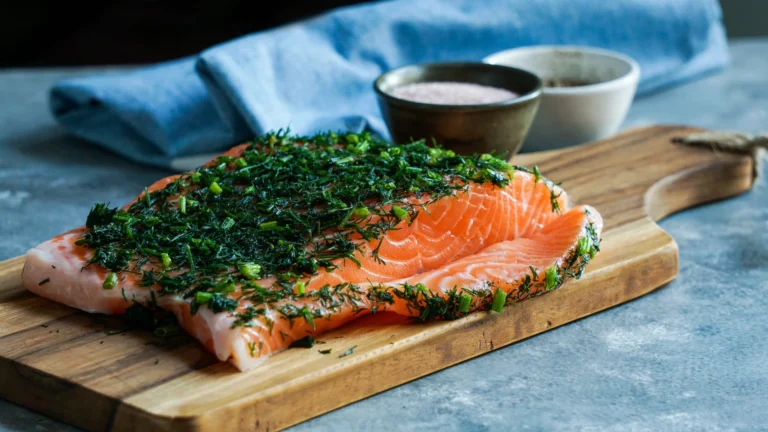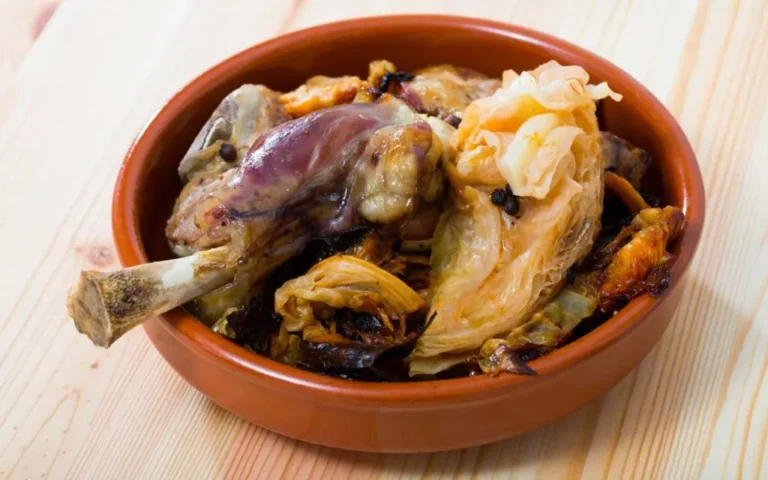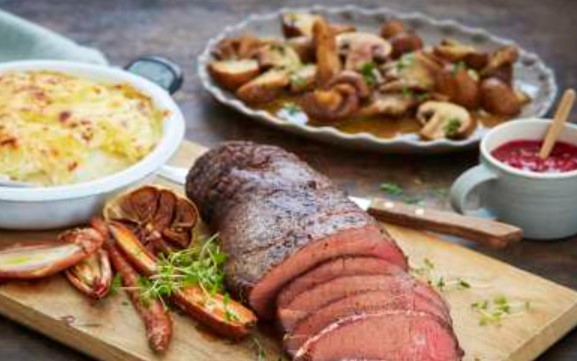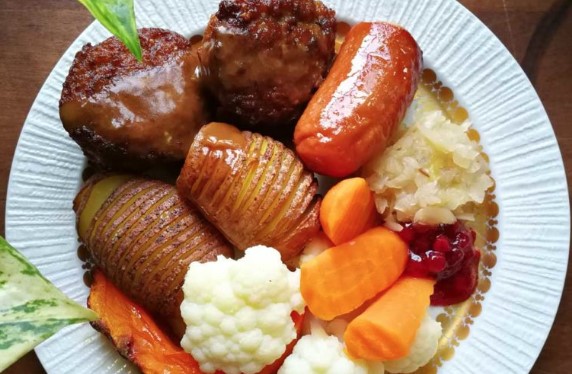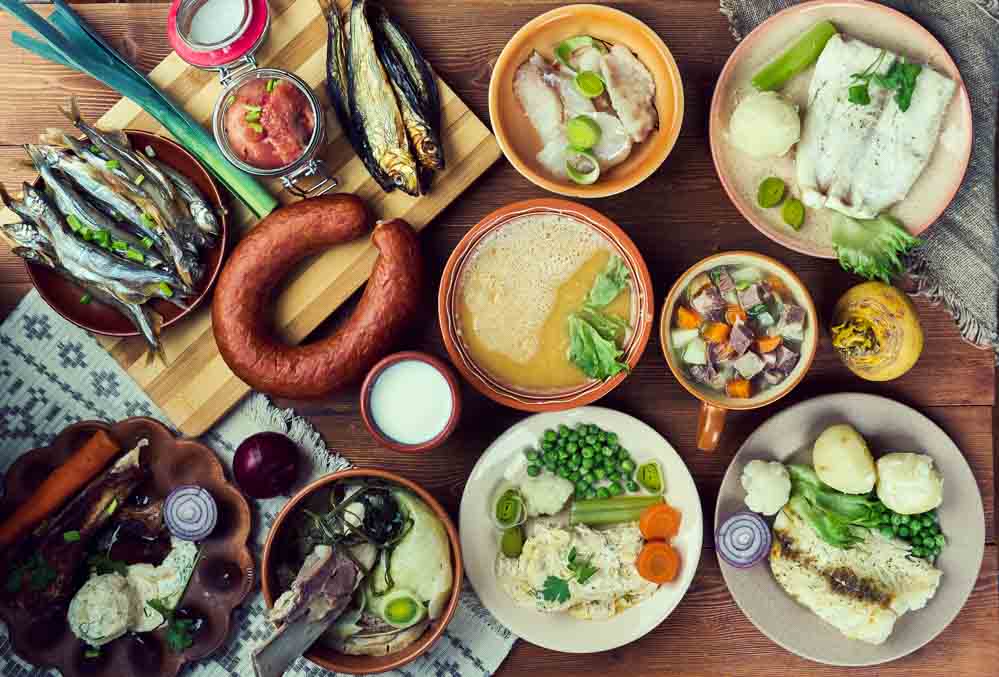Introduction: Norwegian Desserts
Norwegian cuisine is known for its use of fresh and natural ingredients, and its desserts are no exception. From sweet breads to creamy rice puddings and layered cakes, Norwegian desserts are simple, delicious, and often made from ingredients grown or raised locally. If you’re traveling to Norway or want to experience the country’s culinary traditions, be sure to try some of the popular desserts that are loved by locals and visitors alike.
Traditional Norwegian Desserts
Before diving into specific desserts, it’s worth mentioning the traditional Norwegian dessert table, or “koldtbord”. This is a feast of sweet and savory dishes that are typically served on special occasions, such as Christmas or weddings. The dessert table can include a range of treats, such as cakes, cookies, fruit, and cheeses. It’s a great way to sample a variety of Norwegian desserts and enjoy the company of family and friends.
Krumkake: A Crispy Norwegian Delight
Krumkake is a Norwegian waffle cookie that is rolled into a cone shape while still warm and pliable. The cookie is made from a batter of flour, sugar, eggs, and cream, and is cooked on a special iron that imprints a decorative pattern on the surface. Once cooked, the cookie is quickly rolled into a cone using a special tool. Krumkake is often filled with whipped cream, and sometimes with a fruit jam or preserves. It’s a perfect dessert for any occasion, and is especially popular during Christmas time.
Riskrem: Norwegian Rice Pudding
Riskrem is a creamy and delicious rice pudding that is traditionally served on Christmas Eve in Norway. Made from cooked rice, sugar, vanilla, and whipped cream, the pudding is chilled and served with a sweet raspberry sauce. In Norway, there is a tradition of hiding an almond in the pudding, and the person who finds it is said to have good luck in the new year. Riskrem is a comforting and festive dessert that is loved by many.
Bløtkake: Norwegian Layer Cake
Bløtkake is a classic Norwegian layer cake that is often served on special occasions, such as birthdays or weddings. The cake is made from sponge cake layers that are filled with berries, whipped cream, and sometimes pastry cream. The cake is then covered in whipped cream and decorated with fresh fruit and berries. Bløtkake is a light and refreshing dessert that is perfect for summer celebrations.
Sweet Norwegian Breads: Lefse and Kringle
Lefse and kringle are two sweet breads that are commonly found in Norway. Lefse is a thin, soft bread that is often rolled up with butter, sugar, and cinnamon. It’s a perfect snack or breakfast food, and is popular throughout the year. Kringle, on the other hand, is a sweet pastry that is shaped into a pretzel or twisted knot. It’s filled with almond paste, raisins, and sometimes cardamom. Kringle is often served with coffee or tea, and is a delicious way to enjoy a sweet treat.



